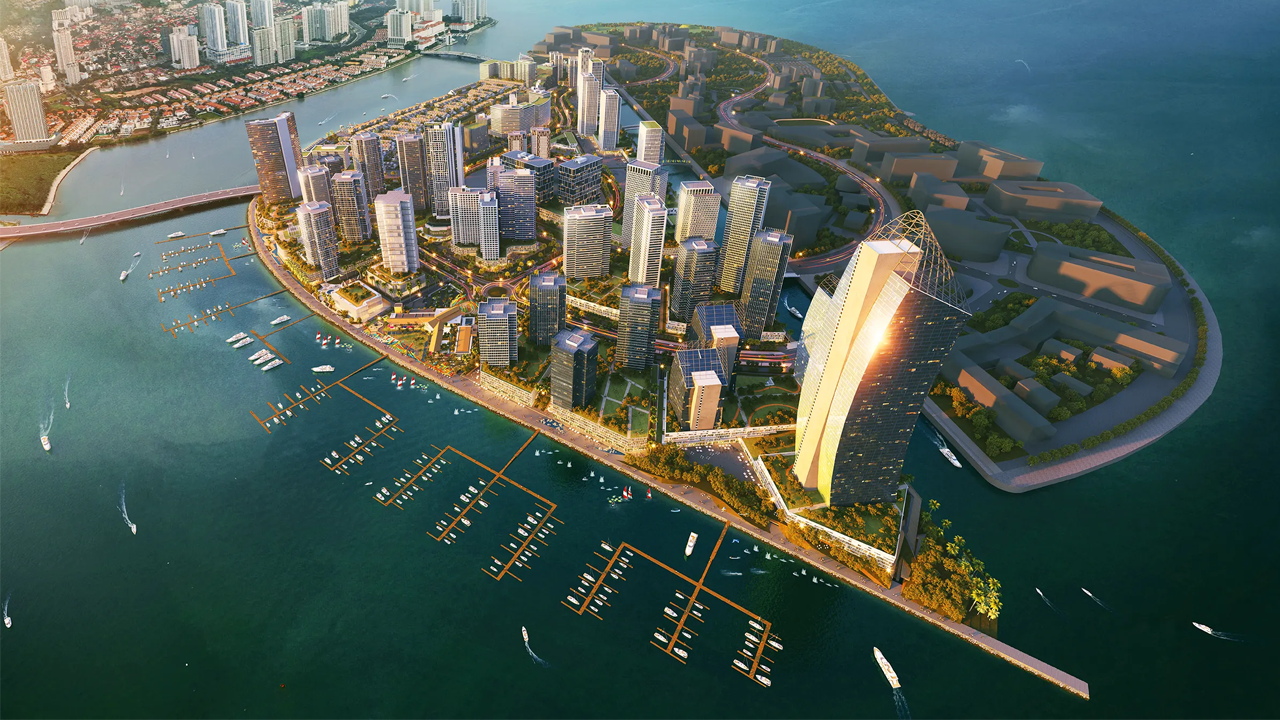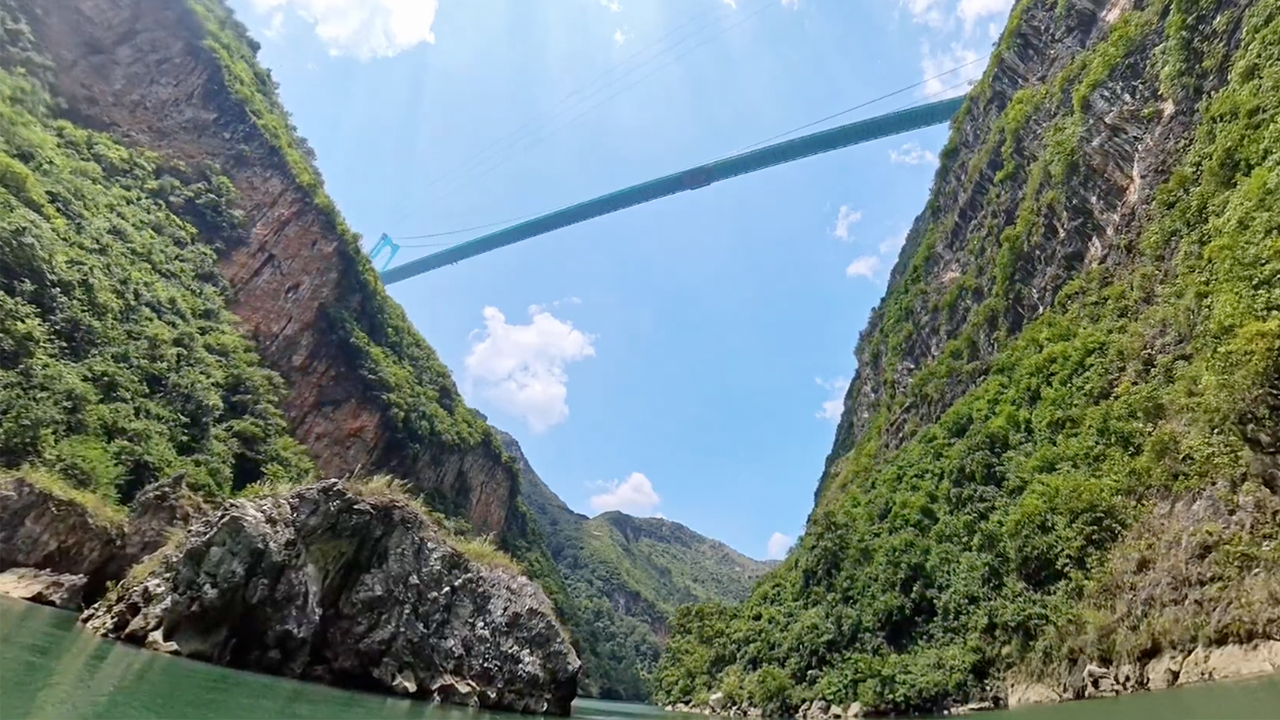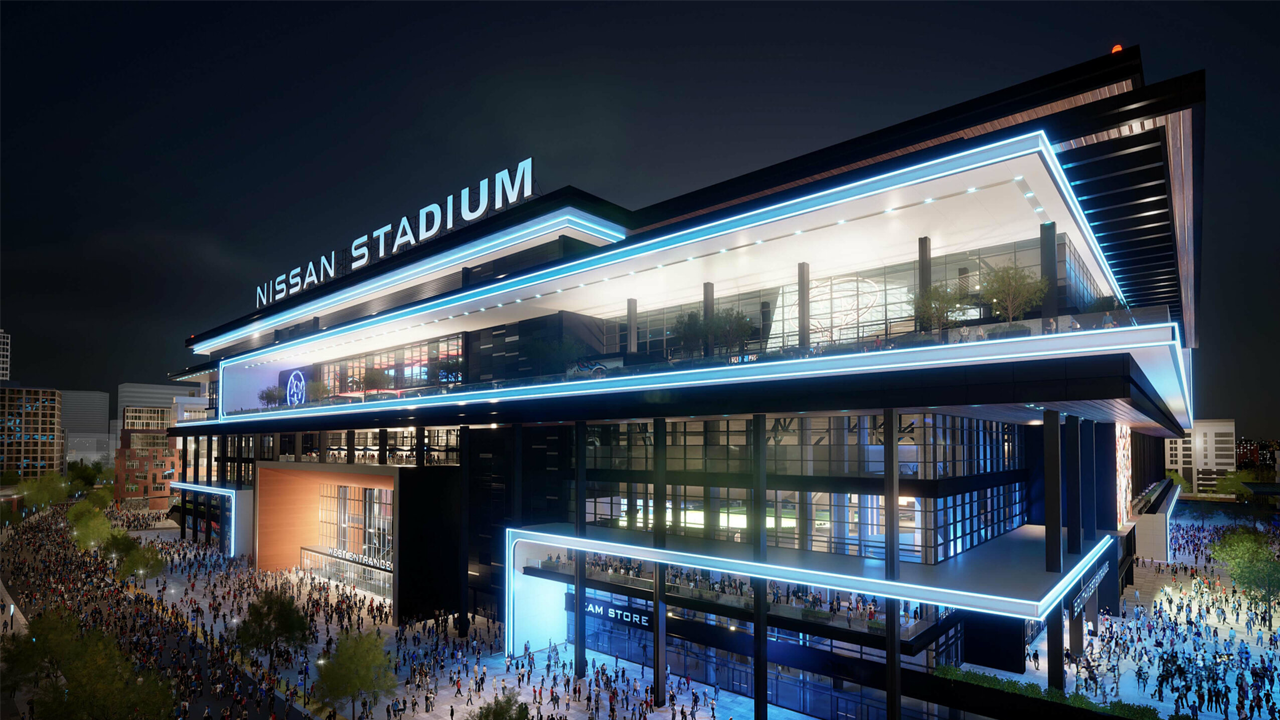Greece is Building a Metro Through Ancient Ruins
- Youtube Views 949,255 VIDEO VIEWS
Video narrated and hosted by Fred Mills. This video and article contains paid promotion for Proton.
A HOARD of ancient ruins is just about the last thing you want to see when digging out a new metro.
Even less, a whole settlement stretching back to the Roman Empire, including more than 300,000 artefacts, buried for thousands of years.
But predictably, that's what happened during excavations for Greece’s new driverless metro in Thessaloniki.
It’s one of the oldest cities in the world, dating back to 315 BC and that’s made the building of this underground railway a nightmare for the engineers and architects.
They’ve been constantly derailed by hundreds of thousands of ancient discoveries along the way. They were so detrimental that construction was near abandoned part way through.
This is how you build a $3 billion metro through the middle of one of the oldest civilisations in history.

Above: Just some of the 300,000 artefacts uncovered during construction of Greece's new metro.
This is Thessaloniki
Named after Alexander the Great’s sister, Thessalonike, who legend says patrols the Aegean Sea as a mermaid, Thessaloniki is the second largest city in Greece. It’s one of the largest ports in the Aegean Sea and it’s a major economic hub in the Balkans.
While Athens, Santorini and Crete might steal the show for holiday makers, Thessaloniki shouldn’t be slept on. This cultural hub was developed on top of centuries of history, including the Romans, Byzantines and the Ottomans.
Given its rich history, it’s unsurprising millions arrive at the city’s Thessaloniki Airport each year to see the sites, which means it’s becoming pretty congested. More than a million people now live here and the road network was developed well before the birth of mass transportation. Locals complain of packed buses and trouble parking.
This ancient city needed dragging into the 21st century and so an underground metro was proposed. Well, re-proposed.
It was actually suggested following the Great Fire of 1917 when Thessaloniki was being rebuilt. But Sisyphus wasn’t the only man in Greece stuck in a loop for what seemed like an eternity. It wasn’t until the 1980s, more than 60 years later, when meaningful action was taken on the metro.
Rather than using a tunnel boring machine, it was decided the cut and cover method was the answer. It’s a pretty simple and cost effective way of creating a shallow tunnel. You dig and excavate a trench and cover it with a strong support system to take the load of whatever’s overhead.

Above: A cut and cover trench dug for Thessaloniki's new metro.
Initially, this made sense since the tunnel was planned to sit just two metres below the road surface. But this isn’t just any old dig - that two metres of earth is in the historic Thessaloniki. As you can imagine there was a lot of concern about preserving artefacts near the top soil and so the plans were changed so that the tunnel would sit at least seven metres deep in the city centre.
That’s merely the very tip of the arrow to what became the Achilles heel of Thessaloniki’s new metro.
How Not to Build a Metro
The perfect conditions for constructing an underground rail system include stable and consistent soil layers, limited traffic at street level and space to work.
But ask any engineer and they’ll tell you it’s rarely that straightforward.
Cities build metros because of population increases and travel congestion. However, to build an underground line with entrances on the surface, you first have to close roads and add to the mayhem. It’s one step backwards to take a huge leap forward.
For the year that followed the digging of that first hole, financial problems meant construction dithered. The project faced a lack of support and became a symbol of political failings.
The initial tunnel is known as the ‘hole of Kouvelas’ and has become a running joke for those in Thessaloniki. As of 2025, it still exists, 8.5 meters wide and 8 meters high, supported by air ducts and reinforced concrete.
Two, long decades then passed in which various attempts were made to fund the metro. There were threats of protest with locals claiming ‘everything is done in Athens and for Athens’.
It wasn’t until 2006 when a contract was awarded and work continued once more, this time, at the western end of the new line near the main heavy railway station.
By this point, a completion date of 1995 and then 2006 were both missed. A new date of 2012 was agreed but that was set to be missed too and delays were taking their toll.
Sofia Christoforidou, is a journalist for Makedonia newspaper in Thessaloniki: “For a decade or more, many shops and properties were hidden behind the construction area. Many people lost money or went bankrupt because the customers couldn’t reach their shops and there was an open construction in the heart of the city for 18 years."
"A whole generation couldn’t see the city centre without an open construction in it.”
The plan for Line 1, also called the Base Project, was to build 13 stations with 60m centre-island platforms. They’d then be fitted with platform edge screens and doors, linked by driverless trains along a twin-bore route measuring 9.6 kilometres.

Above: The Line 1, or Base Project, metro route passing through Thessaloniki (image courtesy of Natural Earth).
The tunnels were created using two tunnel boring machines, with cut and cover used for the stations and near the ends of the line.
But there came the 'problem': over the following nearly twenty years, the project was constantly delayed because of historical discoveries. More than 300,000 artefacts have been uncovered so far at nine of the station dig sites, stretching back more than a thousand years including public baths, jewellery, houses and more.
The findings date back to a Roman city centre and ancient road that crossed the area. Explorations were undertaken ahead of each stage of work but it wasn’t a smooth process - Sofia says archaeologists knew ancient history would be uncovered:
“Those who decided to design the line to go through via Egnatia ignored the archaeologists. They weren't prepared for what they found and they ran up to a very important crossroad of the Decumanus Maximus in Venizelou Station. It was the heart of the city back then.”
What do you do with 300,000+ ancient discoveries?
A battle ensued to protect Thessaloniki’s past and build for its future.
Not everyone loved the idea of moving the relics and there were archaeologists who helped uncover them, calling out their treatment. They wanted them kept in place.
Some were sliced into pieces to be moved and then stitched back together, leading to questions about their authenticity.

Above: Just some of the artefacts discovered while digging out the metro route, now on display around the stations.
It’s worth noting some people now argue that by carrying out the work and moving the discoveries, more ancient history has been uncovered that would have remained lost.
Regardless, work had to progress. The answer was to merge past and present in what the government described as the ‘biggest salvation work’ in Greek history.
Instead of being seven to nine metres deep, or as initially planned only two metres below the surface, tunnels were dug to a depth of at least 14 metres. In some places they even dropped to 31 metres to avoid crashing through buried ruins.
Forty years after the ‘hole of Kouvelas’ was first dug, architects were sent back to the drawing board to redesign the stations. For instance, Dimokratias Station was moved 10 metres further east to avoid an ancient Christian cemetery and a Byzantine-era wall.
Major discoveries were made six metres below the surface at the sites for the Agias Sofias and Venizelou stations, dubbed the Byzantine Pompeii for their significance and how intact they were.
It featured a commercial centre of the ancient city, with a crossroads built by Caesar Galerius in the 4th Century and reconstructed two centuries later. It delayed construction for years and caused bitter controversy over what should be done next.
The Agias Sofias discoveries were taken apart and moved elsewhere. However, at Venizelou the ruins have remained in place and now feature in an open archaeological site.

Above: Venizelou Station now features an open archaeological site.
By 2023, the estimated cost of excavations soared to nearly $140 million. The project is well over budget and massively behind schedule but there’s no denying the final product is truly an Olympian feat. While it might be many years overdue, Line 1 opened at the end of 2024.
Eventually it’s hoped more than 300,000 passengers will use the service each day, removing 60,000 cars from the roads.
It feels a bit ‘the dog ate my homework’ to blame the Romans for construction delays in the 21st century but even Hephaestus himself would have struggled to meet those deadlines (although financing issues, owing to Greece’s financial crash in the late noughties, didn’t help either).
When you walk around the new metro stations today, you’ll feel a real juxtaposition. You travel about on rapid, driverless trains to then hop off and experience displays of Thessaloniki’s ancient past. It’s a poignant example of what nations like Greece are up against, so dependent on its rich history but facing the necessity to build for tomorrow.
What next?
Line 2, or the Kalamaria Extension, is now under construction, adding another 5 stations to the route. It should be finished by late 2025, adding about five kilometres of track heading east. By 2040, the plan is to extend east and west with two metro lines covering 44 stations.
Given how long Line 1 took to complete and the teething problems it’s facing, locals may find themselves thinking Hera we go again.
But Greece is a lot stronger economically than it was 15 years ago and lessons should have been learned from the early construction challenges along this route.
We’ll leave it to Apollo to predict what happens next but what we do know is Thessaloniki’s now home to one of the world’s most impressive metros and it’s changing everyday life for its citizens.
This video was sponsored by Proton - get up to a 13% discount on Proton Mail or Proton Pass using our links 👇
Proton Mail - https://www.proton.me/b1m
Proton Pass - https://www.proton.me/pass/b1m
Video narrated and hosted by Fred Mills. Additional footage courtesy of VORIA.gr, Greek Reporter, Takos Gakis, Central City - Metros and Rail videos, DRM News, Metaforespress, Nikolakas83, markinvideoproduz, Newsflare, geraki, Elymperis, Markos Bolaris, Philly boy 92, DW, Paramount Pictures, BBC News, 902.gr, Patrickios, L'imaGiraphe, Tom Tziros, Bergfalke2, Cut Cover Structures Earthworks Construction, Metro Rail News.
We welcome you sharing our content to inspire others, but please be nice and play by our rules.







